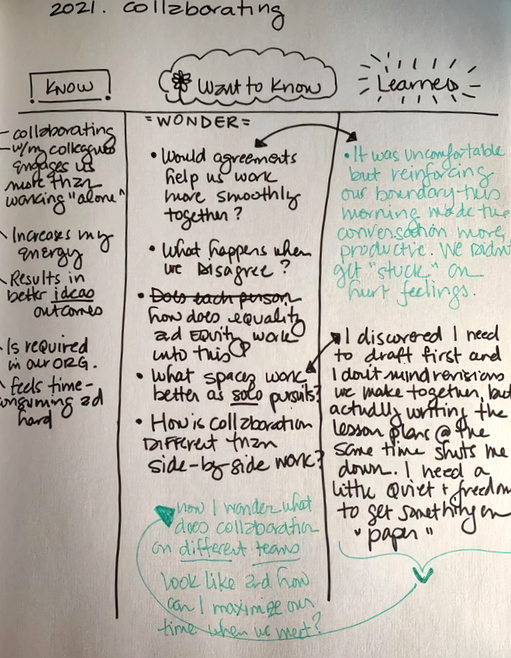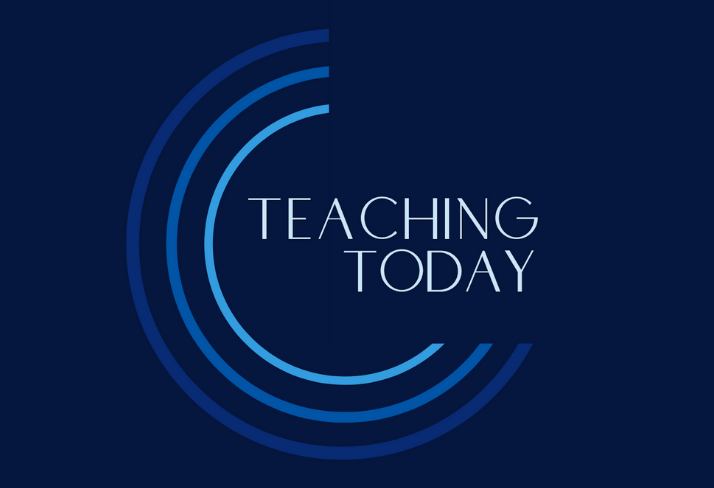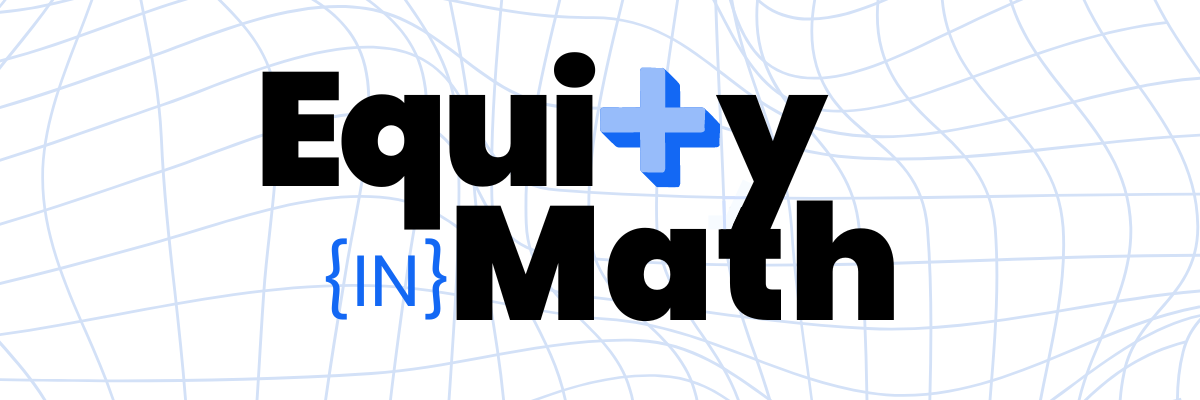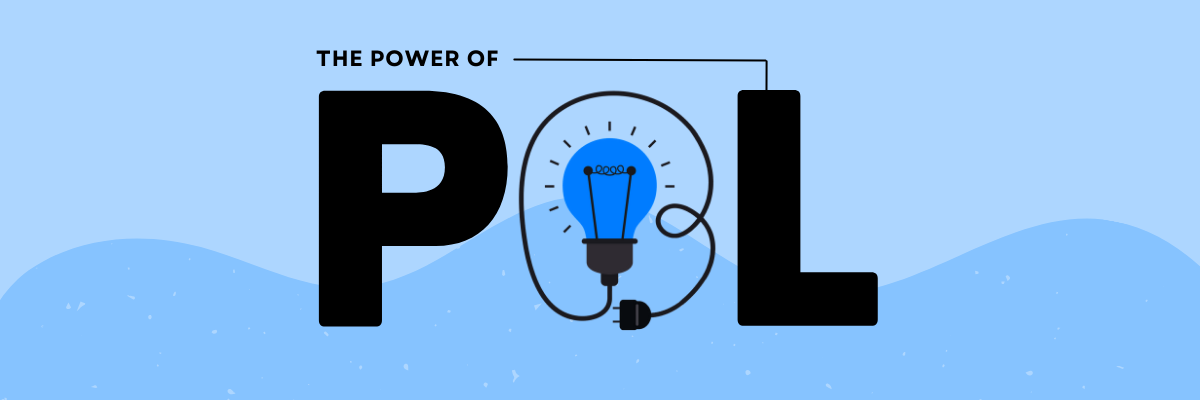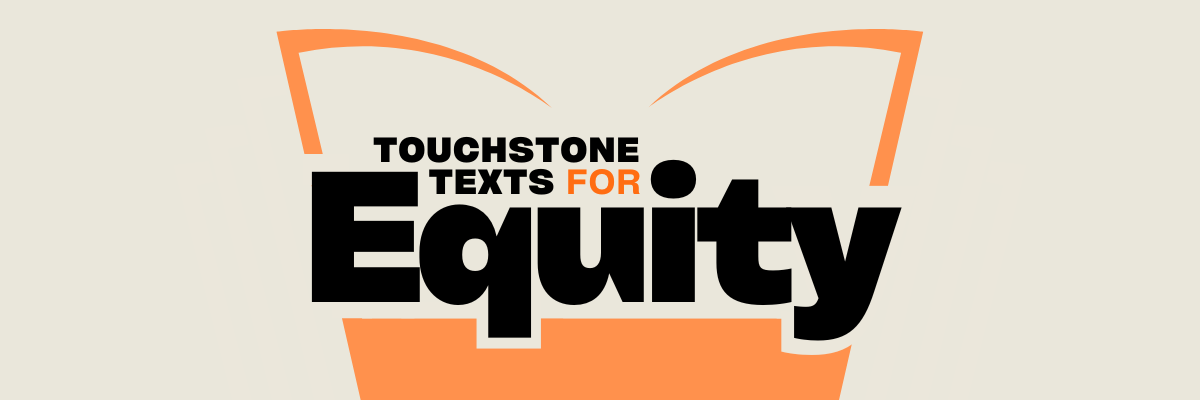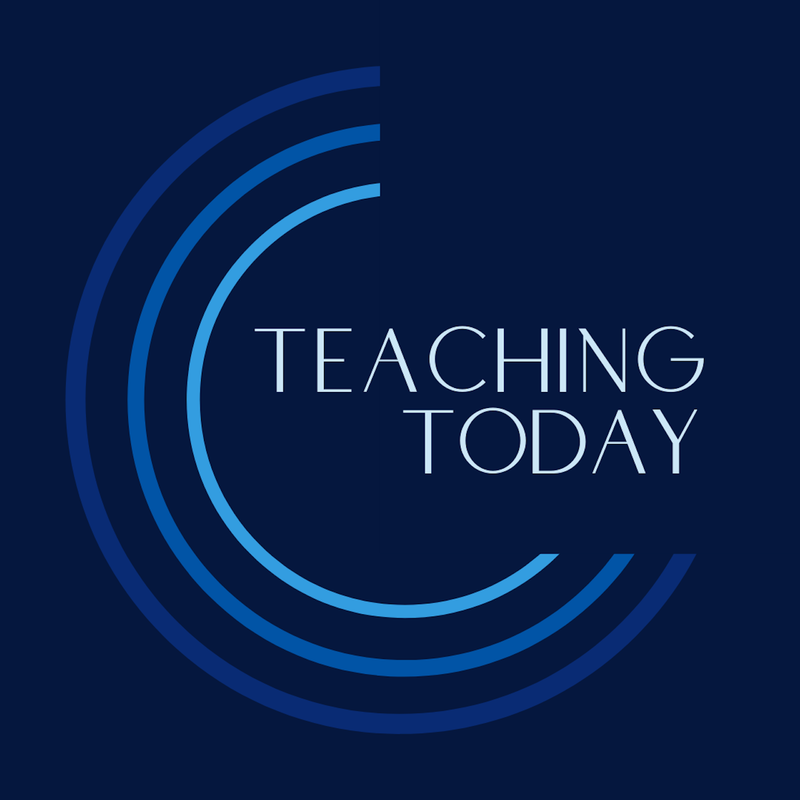|
Engage in reflection, gain self-awareness, and pinpoint an area you want to develop further.
Perhaps you, like me, have searched for ways to create more space, and you’ve added a new practice or two to your routine, like taking scheduled walks, meditating before class, keeping a journal, or adding breathwork before dinner. Maybe the ideas you’ve uncovered don’t seem to integrate into your professional life. Sure, they’re great if you have all the time and space to engage in them, but let’s be honest — there seems to be even less time for that elusive self-care now that work days stretch from dawn until well past dark. Reading article after article on how to manage stress may have resulted in a lot of ideas, but little implementation. That’s normal. We all need support to take our next steps, and starting with the smallest thing could make the biggest difference.
K-W-L
As we move deeper into the year, we might look to practices that feel more authentic to our teaching selves. Using a familiar tool can provide a valuable structure, bridging the best of our personal pursuits with our professional realities. We may be familiar with K-W-L (Know - Want to Know - Learned), a reading strategy which serves as a self-propelling guide for students as they read through a text. Students begin by charting everything they know about a topic in the K column. They move on to generating questions about what they want to know about the topic. During and after reading, students document what they have learned.
We can chart what we know, want to know, and have learned about anything at all, including our own professional development and the self-care habits we need to keep going strong. This process draws on our own prior knowledge, sets a purpose for our routines, reveals obstacles, and documents our progress, giving us the opportunity to both plan for our success and to celebrate steps we take along the way. Below is my K-W-L example, which is focused on collaboration, because that is an area I want to develop in my professional life. My “texts” are a combination of reading and action. In one case, I was having trouble maintaining my boundaries with colleagues. I read an article that felt more personal in nature than professional, but when I took action to make self-care a priority, (#7 in the article) I found myself carrying over some practices into my professional life. I began to honor my own feelings instead of pushing them aside in deference to others. My feelings were signaling when my boundaries were crossed, and I could then address that within myself and with my colleagues. Identifying your how
What it seems we have more than enough of is access to ideas on what to do, like this idea about using a K-W-L in a new way, but we’re short on the how.
My how emerged out of my needs and came out in three steps:
Simple supports
Even when we know the how, we also need support. Support can come in many different forms. Consider a few of the following simple ways to create support for yourself:
Using a K-W-L structure is one way to engage in reflection, gain self-awareness, and pinpoint an area you want to develop further. Returning to the "L" column can help you feel a sense of accomplishment, or at least identify a new place to begin work. Whether you want to chart about any of the hundreds of self-care options out there or you want to chart your progress toward specific teaching goals, by using K-W-L as a way to drive inquiry, we can uncover some answers, more questions, and plenty of celebration on the small and large steps we are taking as we continue evolving.
|
|
The Center for Professional Education of Teachers (CPET) at Teachers College, Columbia University is committed to making excellent and equitable education accessible worldwide. CPET unites theory and practice to promote transformational change. We design innovative projects, cultivate sustainable partnerships, and conduct research through direct and online services to youth and educators. Grounded in adult learning theories, our six core principles structure our customized approach and expand the capacities of educators around the world.
|
ABOUT US
525 West 120th Street, Box 182 New York, NY 10027 416 Zankel Ph: (212) 678-3161 [email protected] Our Team Career Opportunities |
RESOURCES
Professional Articles Ready-to-Use Resources Teaching Today Podcast Upcoming PD Opportunities |
COACHING SERVICES
Custom Coaching Global Learning Alliance Literacy Unbound New Teacher Network Student Press Initiative |


